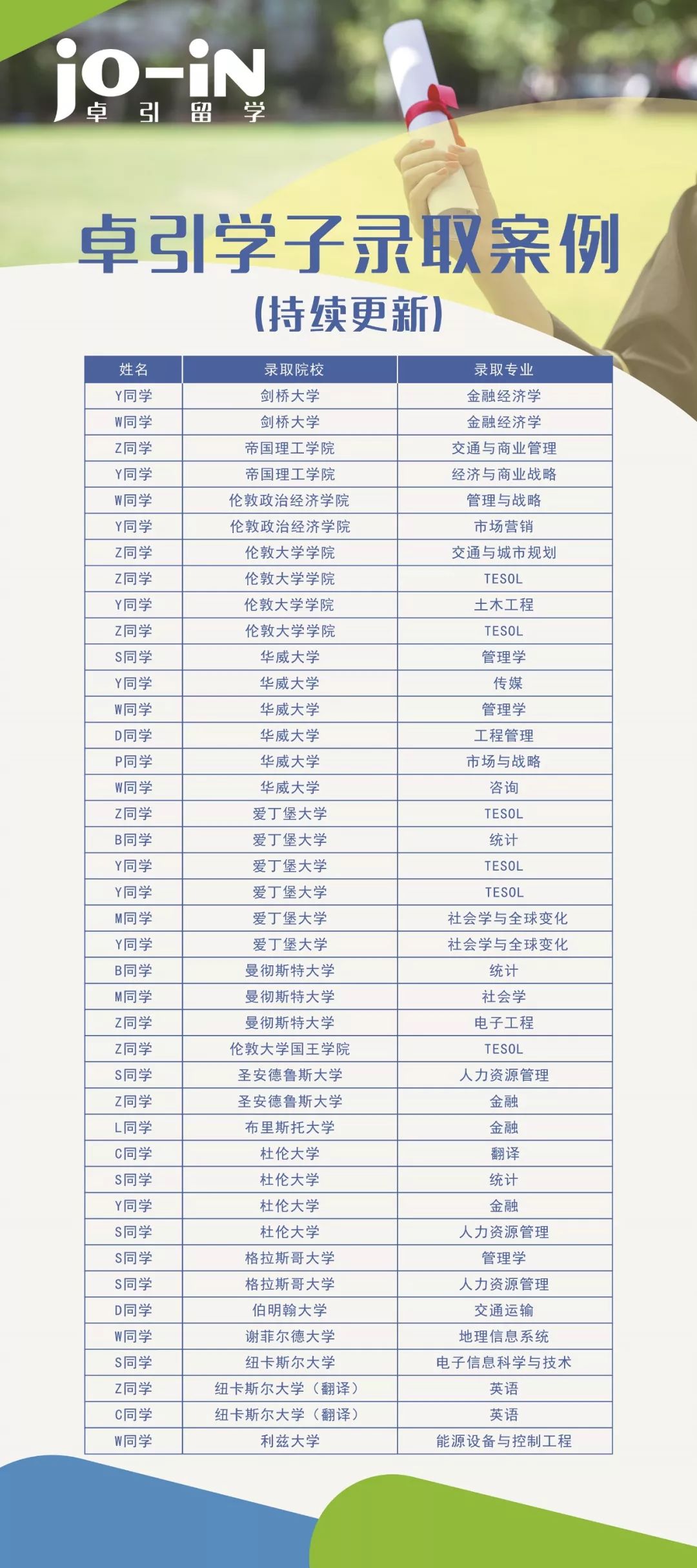Master of Science by Coursework in Physics
项目概述
The current Department of Physics can be traced back through a long and rich history: its earliest forerunner was founded in 1904 as Straits Settlements and Federated Malay States Government Medical School. It was renamed to Raffles College in 1929 and established as a proper university as University of Malaya in 1949. After a further renaming to University of Singapore in 1962 and a merger with Nanyang University in the year 1980, the National University of Singapore was established. It is worth mentioning that famous physicists visited the department, such as Paul A. M. Dirac – a
picture of him during a lecture is on display still in the departmental meeting room.
新加坡国立大学物理系历史悠久:它最早成立于1904年,当时是海峡殖民地和联邦马来州政府医学院,于1929年更名为莱佛士学院,1949年更名为马来亚大学。到1962年更名为新加坡大学,在1980年与南洋大学合并,成立了新加坡国立大学。值得一提的是,著名的物理学家都曾经来访过物理系,比如Paul A. M. Dirac–他在演讲期间的照片仍在系会议室展出。
Until around 1990, the department was essentially a teaching department with little research activities. At that time, NUS began to transform itself into a research university. Over these past two decades, tremendous efforts have been made in developing the research capabilities of our department, which is now classified as “research intensive”. Below we list the current major research directions.
直到1990年左右,该系基本上是一个教学部门,几乎没有研究活动。此后新加坡国立大学开始将自己变成一所研究型大学。在过去二十年中,新加坡国立大学在开发物理系研究能力方面做出了巨大努力,现在变成“研究密集型”院系。下面是目前的主要研究方向:
-
Physics of Nanoscience
-
纳米科学
-
Condensed Matter and Advanced Materials
-
凝聚态物质与先进材料
-
Biological Physics
-
生物物理学
-
Physics of Nonlinear and Complex Systems
-
非线性和复杂系统物理学
-
Atomic, Molecular Physics (including Nonlinear Optics)
-
原子、分子物理(包括非线性光学)
-
Computational and Theoretical Physics (including String Theory, Cosmology, Particle Physics, etc)
-
计算和理论物理(包括弦理论、宇宙学、粒子物理学等)
-
Quantum Information
-
量子信息
-
Graphene and 2D Materials
-
石墨烯和2D材料
Programme Objectives
物理专业理学硕士项目目标
-
Advanced training in fundamental aspects of Physics
-
基础物理的高级培训
-
Opportunities for Physics teachers and other professionals to further upgrade their professional skills and qualifications
-
为物理教师和其他专业人员进一步提高专业技能和资格
课程设置
Programme Structure项目结构
Track 1 : 40 modular-credit programme (for applicants who have an Honours degree or equivalent qualifications)
获得学位的路径1:40学分(适用于具有荣誉学位或同等资格的申请人)
1.Read and pass five PC level 5000 modules (excluding PC5198) amounting to 20 MCs and at least 8 MCs must be from the following list of modules. Subject to approval, students are allowed to choose not more than 12 MCs from level 5000 modules offered by other Departments.
学习并通过5个PC级5000模块(不包括PC5198),达到20个学分,至少8个学分的模块必须来自以下模块列表。经批准,学生可从其他系的5000级模块中选择不超过12个学分的模块。
-
PC5201 Advanced Quantum Mechanics
-
高级量子力学
-
PC5202 Advanced Statistical Mechanics
-
高级统计力学
-
PC5203 Advanced Solid State Physics
-
高级固态物理学
-
PC5210 Advanced Dynamics
-
高级动力学
-
PC5214 Principles of Experimental Physics
-
实验物理原理
2.Read and pass two PC level 4000 modules amounting to 8 MCs
学习并通过2个PC级4000模块,达到8学分
3.Complete a research project PC5288 equivalent to 12 MCs
完成研究项目PC5288,达到12学分
4.Obtain a minimum Cumulative Average Point (CAP) of 3.00
绩点至少达到3.00
OR或者
1.Read and pass eight PC level 5000 modules (excluding PC5198) amounting to 32 MCs and at least 8 MCs must be from the following list of modules. Subject to approval, students are allowed to choose not more than 12 MCs from level 5000 modules offered by other Departments.
学习并通过8个PC级5000模块(不包括PC5198),达到32个学分,至少8个学分的模块必须来自以下模块列表。经批准,学生可从其他系的5000级模块中选择不超过12个学分的模块。
-
PC5201 Advanced Quantum Mechanics
-
高级量子力学
-
PC5202 Advanced Statistical Mechanics
-
高级统计力学
-
PC5203 Advanced Solid State Physics
-
高级固态物理学
-
PC5210 Advanced Dynamics
-
高级动力学
-
PC5214 Principles of Experimental Physics
-
实验物理原理
2.Read and pass two PC level 4000 modules amounting to 8 MCs
学习并通过2个PC级4000模块,达到8学分
3.Obtain a minimum Cumulative Average Point (CAP) of 3.00
绩点至少达到3.00
Track 2: 80 modular-credit programme (for applicants who have a Bachelor’s pass degree or completed a three-year study in physics)
获得学位的路径2:80学分(适用于具有学士学位或完成三年制物理学习的申请人)
1.Read and pass five PC level 5000 modules (excluding PC5198) amounting to 20 MCs and at least 8 MCs must be from the following list of modules. Subject to approval, students are allowed to choose not more than 12 MCs from level 5000 modules offered by other Departments.
学习并通过5个PC级5000模块(不包括PC5198),达到20个学分,至少8个学分的模块必须来自以下模块列表。经批准,学生可从其他系的5000级模块中选择不超过12个学分的模块。
-
PC5201 Advanced Quantum Mechanics
-
高级量子力学
-
PC5202 Advanced Statistical Mechanics
-
高级统计力学
-
PC5203 Advanced Solid State Physics
-
高级固态物理学
-
PC5210 Advanced Dynamics
-
高级动力学
-
PC5214 Principles of Experimental Physics
-
实验物理原理
2.Read and pass eight PC level 4000 modules amounting to 32 MCs
学习并通过8个PC级4000模块,达到32学分
3.Read and pass one PC level 4000 module or PC level 5000 module amounting to 4 MCs
学习并通过1个PC级4000模块或PC级5000模块,达到4学分
4.Read and pass three PC level 3000 modules amounting to 12 MCs
学习并通过3个PC级3000模块,达到12学分
5.Complete a research project PC5288 equivalent to 12 MCs
完成研究项目PC5288,达到12学分
6.Obtain a minimum Cumulative Average Point (CAP) of 3.00
绩点至少达到3.00
OR或者
1.Read and pass eight PC level 5000 modules (excluding PC5198) amounting to 32 MCs and at least 8 MCs must be from the following list of modules. Subject to approval, students are allowed to choose not more than 12 MCs from level 5000 modules offered by other Departments.
学习并通过8个PC级5000模块(不包括PC5198),达到32个学分,至少8个学分的模块必须来自以下模块列表。经批准,学生可从其他系的5000级模块中选择不超过12个学分的模块。
-
PC5201 Advanced Quantum Mechanics
-
高级量子力学
-
PC5202 Advanced Statistical Mechanics
-
高级统计力学
-
PC5203 Advanced Solid State Physics
-
高级固态物理学
-
PC5210 Advanced Dynamics
-
高级动力学
-
PC5214 Principles of Experimental Physics
-
实验物理原理
2.Read and pass eight PC level 4000 modules amounting to 32 MCs
学习并通过8个PC级4000模块,达到32学分
3.Read and pass one PC level 4000 module or PC level 5000 module amounting to 4 MCs
学习并通过1个PC级4000模块或PC级5000模块,达到4学分
4.Read and pass three PC level 3000 modules amounting to 12 MCs
学习并通过3个PC级3000模块,达到12学分
6.Obtain a minimum Cumulative Average Point (CAP) of 3.00
绩点至少达到3.00
Programme Intake入学时间
There are two intakes per academic year, One in January and the other in August.
每个学年有两次入学,一次是在1月,另一次是在8月。
CLOSING DATE截止日期
15 March, for consideration of admission in the August term of the current year.
3月15日,在当年的8月份入学。
15 September, for consideration of admission in the January term of the following year.
9月15日,在下一年的1月份入学。
入学要求
Admission Requirements
-
An honours degree in Physics from NUS or such other universities approved by NUS, or
-
在新加坡国立大学或其他认可的大学获得物理学荣誉学位
-
A Bachelor’s pass degree in Physics or related discipline, or completed three years of Physics study in a university, or other qualifications as NUS may approve.
-
物理学或相关学科的学士学位,或完成三年制大学物理学习
IEITS: 6
TOEFL: 85



